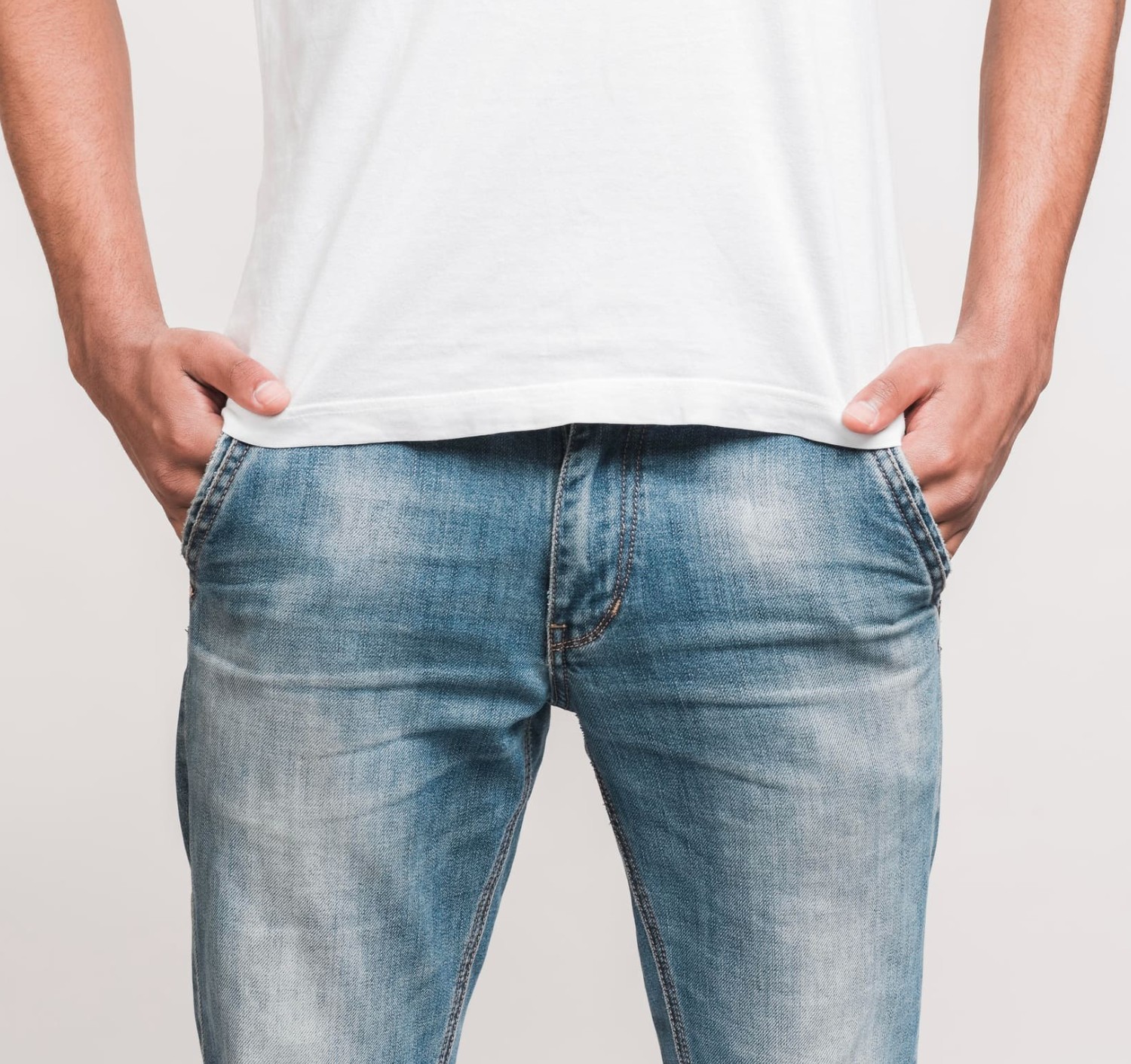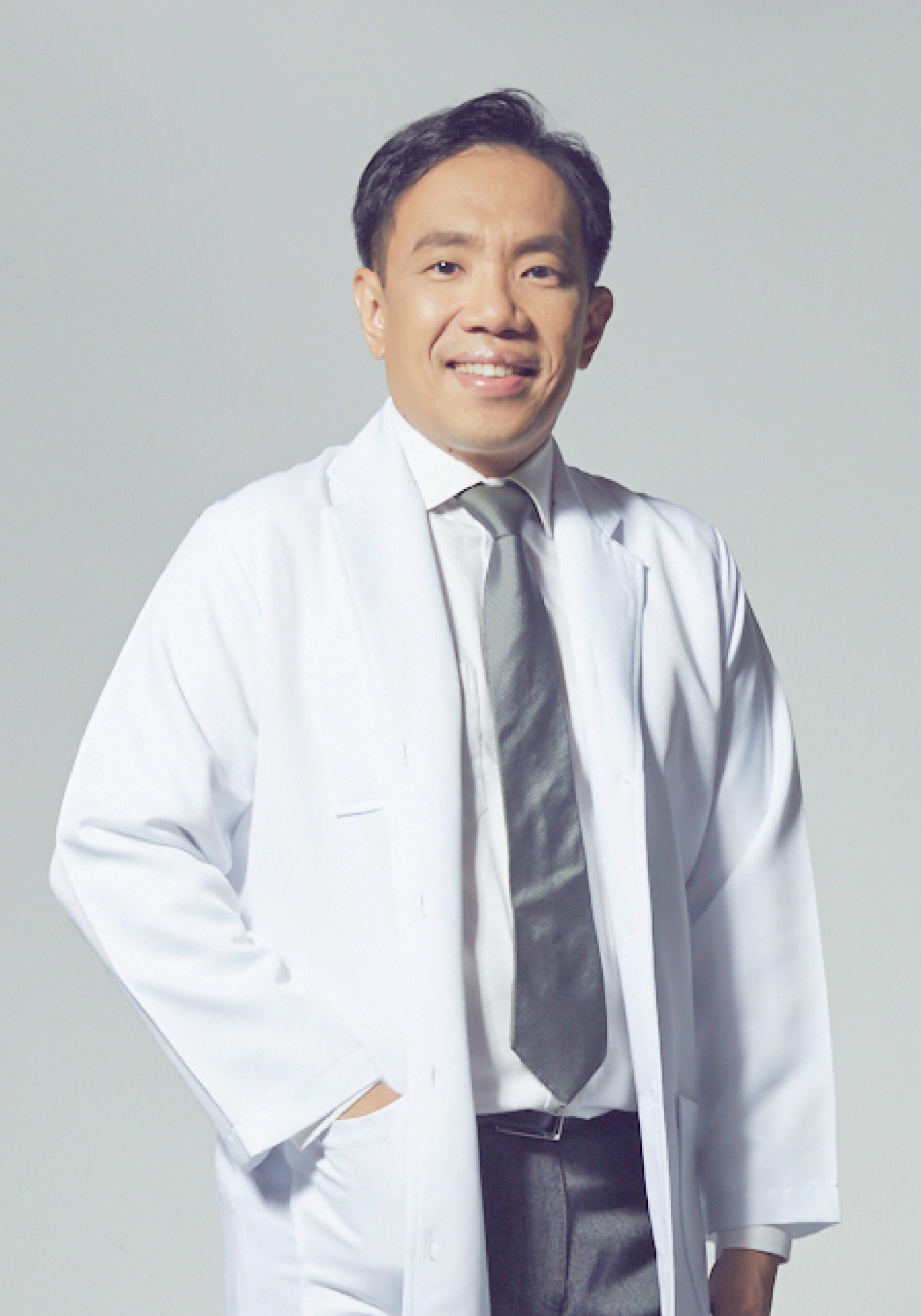Vasectomy is a surgical procedure for male sterilisation or permanent contraception. It’s a simple and effective method of birth control that involves blocking the tubes (vas deferens) that carry sperm from the testicles to the urethra. By preventing the release of sperm during ejaculation, vasectomy ensures that a man’s semen does not contain sperm, making him unable to fertilise a woman’s egg and cause pregnancy.
Vasectomy In Singapore


Types of Vasectomy Procedures
- Conventional Vasectomy: One or two small incisions are made in the scrotum to access the vas deferens. A small segment of the vas deferens is cut out and removed. The ends are sealed with heat (cauterised) and tied with stitches. The incisions in the scrotum are then closed with stitches or skin adhesive. While this method is highly effective, it may lead to more discomfort and a slightly longer recovery period due to the incisions made in the scrotum.
- No-Scalpel Vasectomy: This procedure involves making a small puncture hole in the scrotum to access the vas deferens, rather than making an incision. The vas deferens is then cut and a small segment is removed. The ends are either cauterised or tied off, and then put back in place. The puncture hole is so small that it doesn’t require stitches to close. This method is associated with less bleeding, a lower risk of infection, and less pain and discomfort after the procedure compared to the conventional method. The recovery period is also typically shorter.
While both methods are highly effective as a form of permanent contraception, the choice between the vasectomies often depends on the patient’s personal preference and the surgeon’s recommendation. Have a thorough discussion with your urologist to understand the benefits and potential risks of each method before making a decision.
What Is The Process Of A Vasectomy In Singapore?
Pre-procedure Preparations
- Medication Guidelines: Patients may be advised to avoid certain medications, such as blood thinners, for a specific period before the procedure. This is to minimise the risk of excessive bleeding during the procedure.
- Personal Care: The scrotum should be shaved and cleaned thoroughly to reduce the risk of infection.
- Transportation Arrangements: It’s recommended to arrange for someone to drive them home after the procedure as there may be some discomfort or drowsiness from the local anaesthesia.
During the Procedure
The procedure is usually performed under local anaesthesia, meaning the patient will be awake but will not feel any pain in the area being operated on. The procedure typically takes about 20 to 30 minutes. The method of accessing the vas deferens differs between the two types of vasectomy:
- Conventional Vasectomy: The surgeon makes one or two small incisions in the scrotum to access the vas deferens. A small segment of the vas deferens is cut out and removed. The ends are then sealed with heat (cauterised) and tied off with surgical sutures. The incisions in the scrotum are then closed with stitches or skin adhesive.
- No-Scalpel Vasectomy: Instead of making an incision, the surgeon makes a small puncture hole in the scrotum to access the vas deferens. The vas deferens is then cut and a small segment is removed. The ends are either cauterised or tied off, and then put back in place. The puncture hole is so small that it
doesn’t require stitches to close.
Post-procedure Care and Recovery
After the procedure, patients are to rest and limit their physical activity for a few days to allow the area to heal. They may be prescribed medication to manage any discomfort.
Patients are given specific instructions regarding post-procedure care, including:
- Bathing: Patients may be advised to wait for a certain period before bathing to allow the incision or puncture site to heal.
- Physical Activity: Heavy lifting and strenuous physical activity should be avoided for a specific period to prevent strain and promote healing.
- Sexual Activity: Urologists will provide guidance on when it’s safe to resume sexual activity. Other forms of contraception should be used until a semen analysis confirms the absence of sperm.
Benefits of Vasectomy
Effectiveness
Vasectomy has a success rate of over 99%, meaning the risk of pregnancy after a vasectomy is extremely low. After a vasectomy, patients are required to undergo a semen analysis to confirm the absence of sperm. As vasectomy does not provide immediate sterility, patients must use another form of contraception until a semen analysis confirms the absence of sperm.
Affordability
Compared to other long-term or permanent methods of contraception, vasectomy is relatively affordable. The cost of the procedure can vary depending on several factors, including the specific clinic, the urologist performing the procedure, and whether it's a conventional or no-scalpel vasectomy.
No Impact on Sexual Pleasure
Vasectomy does not affect a man's sexual drive, ability to have an erection, sensation of orgasm, or ability to ejaculate. The procedure only affects the sperm that are included in the semen, not the semen itself. Ejaculation will still occur as normal, but the semen will not contain sperm.
Are You & Your Partner Looking For An
Effective Way Of Preventing Pregnancy?
A Vasectomy may be the right procedure for you. Consult our fellowship-trained urologist for a detailed consultation today.
Risks and Potential Complications
- Bleeding or Hematoma: There is a risk of bleeding during or after the procedure. In some cases, a blood clot, or hematoma, may form inside the scrotum. This can cause swelling and pain, but it usually resolves on its own with time. If the hematoma is large or painful, it may require additional treatment, such as medication or, in rare cases, surgery to drain the blood.
- Infection: Any surgical procedure carries a risk of infection. With vasectomy, the risk is low, but an infection can occur at the site of the incision or puncture. Symptoms of an infection may include redness, swelling, pain, or a discharge from the incision or puncture site. If an infection occurs, it can usually be treated effectively with antibiotics.
- Pain: Some men may experience pain in the scrotum after a vasectomy. This is usually temporary and can be managed with over-the-counter pain relievers. In rare cases, some men may experience long-term or chronic scrotal pain. This can usually be managed with medication, but in some cases, additional treatment or even a reversal of the vasectomy may be necessary.
- Sperm Granuloma: A sperm granuloma is a hard, sometimes painful lump about the size of a pea that can form as a result of sperm leakage from the cut vas deferens. This occurs when sperm leak out of the vas deferens into the surrounding tissue. While a sperm granuloma can cause discomfort, it’s not dangerous and is usually treated with rest and pain relievers.

Dr Lee Fang Jann 
Dr Lee is a urologist and kidney transplant surgeon with a broad-based expertise of all urological disorders
He has subspecialty focus on men’s health and male infertility, and special interest in minimally invasive prostate enlargement therapy and kidney stone treatment. Dr Lee has received numerous awards for service excellence such as the Service With A Heart Award (2006-2008, 2011) and the Singapore Health Quality Service Award (2016).
- Bachelor of Medicine and Bachelor of Surgery (Singapore)
- Membership of The Royal College of Surgeons (Edin)
- Master of Medicine (Surgery) (Singapore)
- Fellowship of the Academy of Medicine (Urology)
- Clinical fellowship at Oxford Transplant Centre in the UK
Prior to entering private practice, Dr Lee served in the public sector for 16 years at SGH, where he initiated dedicated clinics evaluating and treating patients with complex men’s health and fertility issues. He also led the Renal Transplant Program and laparoscopic donor nephrectomy service as Surgical Director.
Apart from clinical work, Dr Lee is active in academia and believes in the importance of grooming the next generation of doctor. He was Senior Clinical Lecturer at NUS’ Yong Loo Lin School of Medicine and currently, Adjunct Assistant Professor at the Duke-NUS Medical School. Dr Lee is also regularly invited to share his experiences locally and regionally through lectures, workshops and surgical demonstrations.
Our Clinic Locations
Farrer Park Medical Centre, #08-05
1 Farrer Park Station Rd, Singapore 217562
Mon – Fri: 8:30am to 5:30pm
Sat: 8:30am to 12:30pm
3 Mount Elizabeth, #11-16 Medical Centre, Singapore 228510
Mon – Fri: 8:30am to 5:30pm
Sat: 8:30am to 12:30pm
Frequently Asked Questions
Is vasectomy painful?
You may experience some discomfort during and after the procedure, but severe pain is uncommon.
How long does it take to recover from a vasectomy?
Most men recover fully in less than a week.
Can vasectomy be reversed?
Yes, vasectomy can often be reversed, but the procedure is more complicated than a vasectomy and success is not guaranteed.
Are there any long-term health risks associated with vasectomy?
No, vasectomy does not increase the risk of heart disease, prostate cancer, testicular cancer, or other health problems.
What is the difference in recovery time between a conventional vasectomy and a no-scalpel vasectomy?
While both procedures have similar recovery periods, the no-scalpel vasectomy generally has a shorter recovery time due to the less invasive nature of the procedure.
How often do complications occur after a vasectomy?
While complications after a vasectomy are possible, they are generally rare. The specific rates can vary, and your urologist can provide more detailed information based on your individual health profile and the type of vasectomy performed.